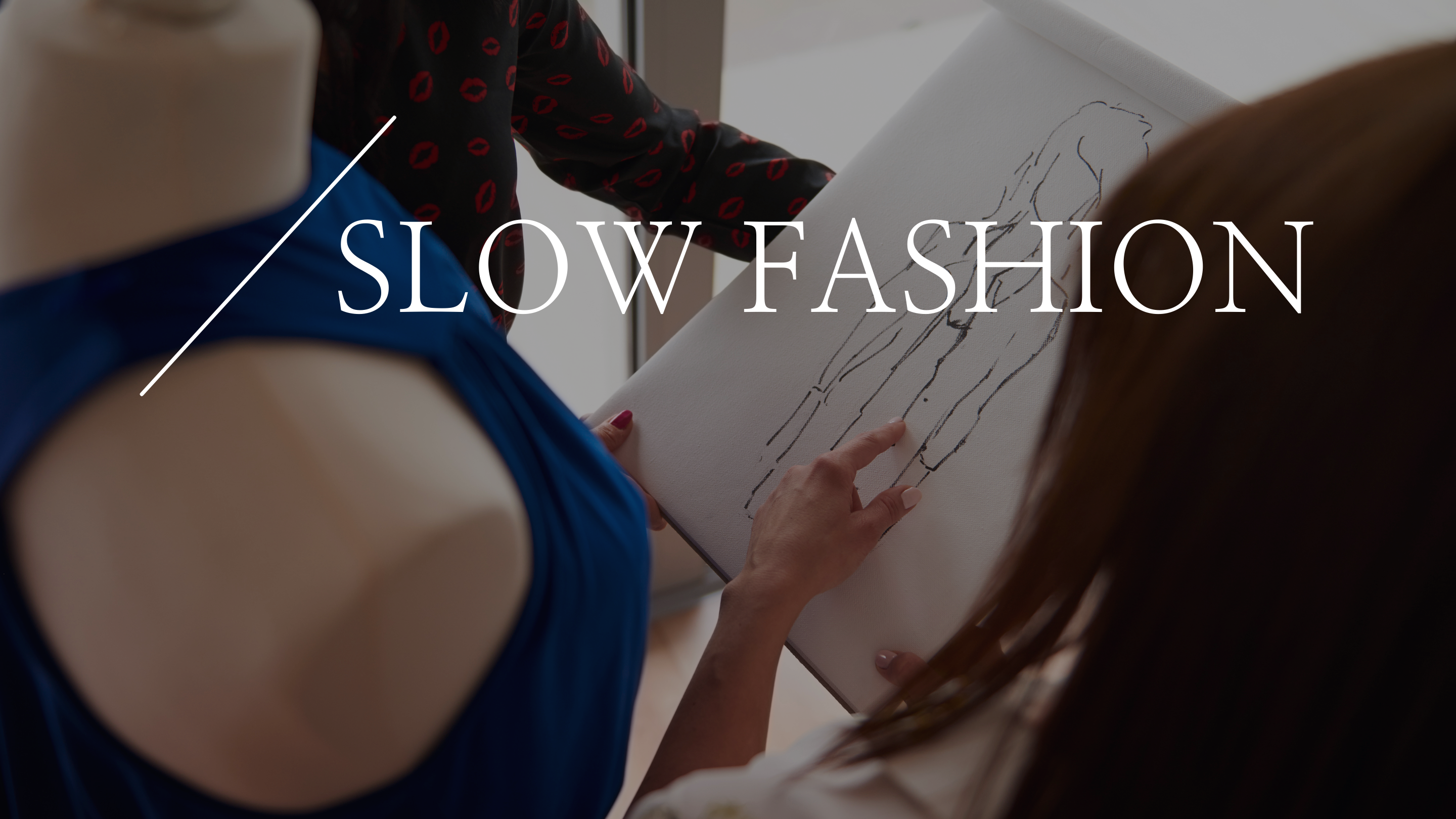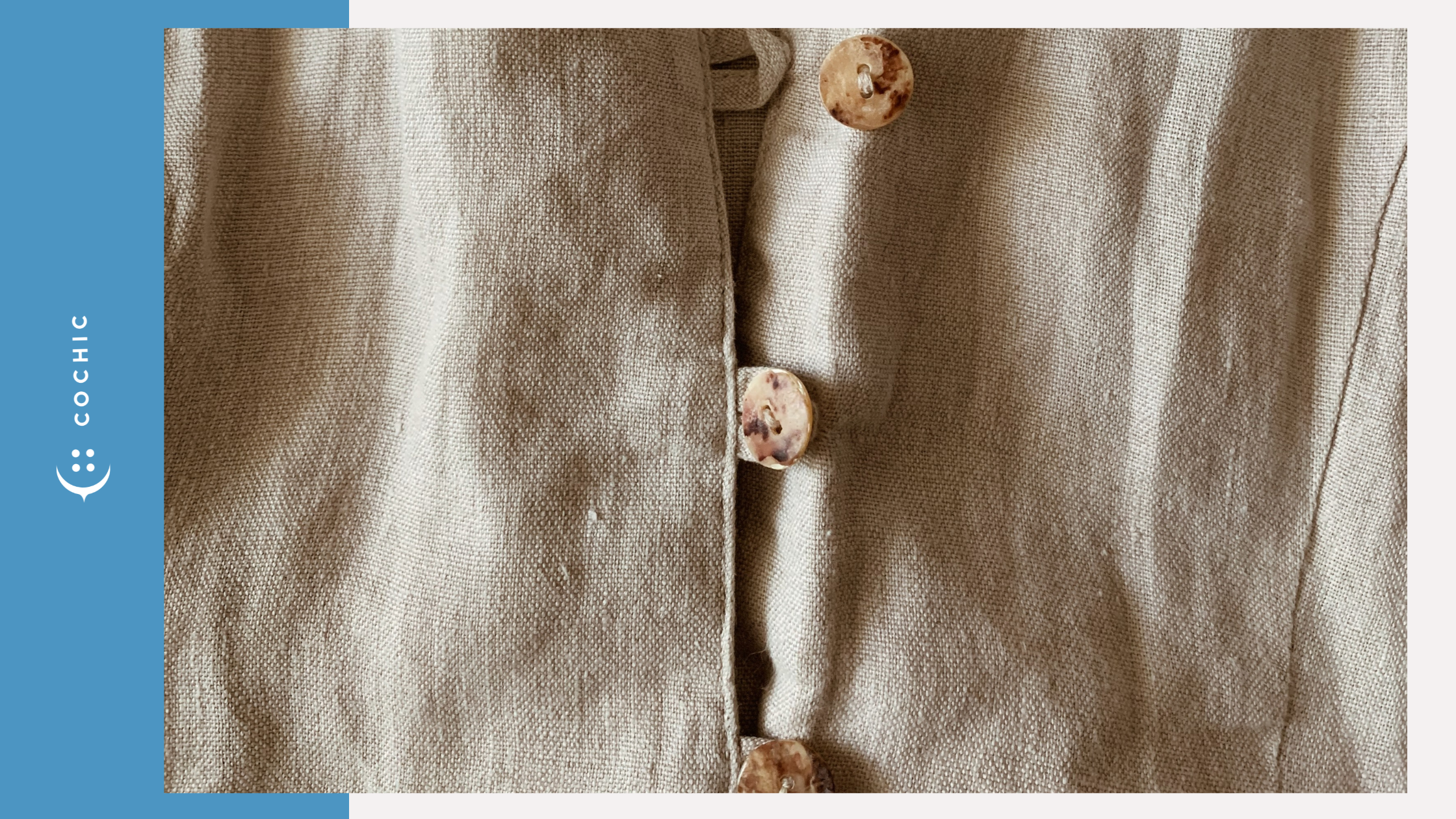Over the last 20 years, the rise of fast fashion has made purchasing new garments cheaper, quicker, and more accessible. Unfortunately, it has also taught consumers to regard clothing as a throwaway commodity. According to the 2019 Fashion Transparency Index, the worldwide apparel and footwear industry accounts for 8% of global carbon emissions. Fast fashion companies emit nearly as many greenhouse gasses as the whole of Europe, and far more than all international aircraft and maritime shipping companies combined. These statistics show us that the fast fashion business not only significantly impacts the environment, but also exploits its workers to produce this cheap, disposable clothing.
Celebrities and social media personalities on platforms such as Instagram and TikTok influence young men and women. They continue to buy more clothing, to wear only a few times because it becomes old fast. The growth of fast fashion has created this extreme need for variety and creates a culture of “more is better”. These fast fashion brands have created a feeling among consumers that they are wearing luxury without paying the full price for it. Sadly, fast fashion promotes a culture of instant gratification and a mindless consumption mentality.

What is slow fashion?
Slow fashion is the polar opposite. It's about developing thoughtful, curated collections of high-quality clothing, shoes, and accessories, rather than mass-producing seasonal and trendy items. Slow fashion encourages customers to be more deliberate and attentive about their clothing purchases and select pieces for their wardrobe that will last a long time, even a lifetime.
Kate Fletcher's essay in The Ecologist in 2007 launched the slow fashion movement into the public consciousness. It encourages consumers, fashion designers, companies, and retailers to take greater environmental responsibility.
"Slow fashion is about designing, producing, consuming, and living better. Slow fashion is not time-based but quality-based (which has some time components). Slow is not the opposite of fast – there is no dualism – but a different approach in which designers, buyers, retailers, and consumers are more aware of the impacts of products on workers, communities, and ecosystems."
Slow fashion's rise in recent years suggests a shift in consumer behaviour and a positive response from major players in the textile and garment industries.
"Covid-19 has pushed us off the ledge of discussing change, we no longer have the luxury of complaining about outdated systems yet not doing anything about it. [...] Fashion shows are a dinosaur."
Simon Ungless, Academy of Art University School of Fashion Executive Director
Slow fashion is a method of making clothing that considers all components of the supply chain. It strives to respect people, the environment, and animals. It also entails devoting more time to the design process, ensuring that each piece of clothing is of high quality. Slow fashion advocates seek out eco-friendly fabrics, such as cotton and linen, as well as timeless silhouettes that outlast trend cycles. Slow fashion also supports upcycling unwanted garments into new pieces.
It has never been more critical to reimagine the fashion sector through more innovation and new technologies which support sustainable practices. This slow fashion movement is doing just that.

What distinguishes a brand as slow fashion?
A brand that embodies the slow fashion model will have the following characteristics:
- Slow fashion advocates quality over quantity. Therefore, a brand will likely have fewer items available and create pieces made of high-quality, sustainable materials.
- Brands will prefer long-lasting, sustainable materials, so expect to see clothing made of linen, organic cotton, and wool.
- Slow fashion manufactures sustainable clothes in small quantities to decrease waste, or may even operate on a made-to-order basis to avoid producing surplus outfits.
- Clothing is more timeless than trendy.
- Locally sourced and produced.
- Few distinct styles per collection, or a permanent seasonless collection.
The difference between Slow Fashion vs. Sustainable Fashion
Slow fashion entails putting time and effort into creating high-quality items that will last more than one season - it is a style of fashion which takes longer to develop. Sustainable fashion defines the production of apparel that does not harm the environment - sustainable clothing requires less water, land, and energy to produce, as well as cutting down on waste and contaminants.
Slow and sustainable fashion can and do diverge, but they share similar concerns:
Carbon emissions
Environmental impact is a central concern for both slow and sustainable fashion brands. Generally, this means that garments are cruelty-free, made from sustainable or recycled materials, and do not involve environmentally harmful manufacturing processes.
Labour practices
Slow fashion and sustainable fashion determine sustainability based on environmental impacts and the working conditions involved in the manufacturing process. Conscious brands must pay all employees a fair wage, or the garment will not be ethical.
Sustainable textiles
Recycled materials, raw materials, and other sustainable fabrics are all hallmarks of both slow fashion and sustainable fashion. Some fashion companies have even adopted a zero-waste model, meaning that the brands do not waste any material when crafting a garment.
Trends
While slow and sustainable fashion caution against overconsumption related to finicky trend cycles, slow fashion counteracts the desire to buy trendy pieces by designing tried-and-true silhouettes that will always remain in style.

The role of fashion is evolving
Slow fashion and sustainable fashion are about being aware of our choices. As natural capital depletes and the population grows, global fast fashion faces numerous challenges in the future. We cannot continue in this reckless consumption loop. The slow fashion movement is encouraging the fashion industry to have an ethical approach focusing on sustainable practices. Slow fashion items promise conscious shoppers a stylish, timeless, high-quality choice.
We can select which components of our wardrobe to keep and which to discard when necessary. Slow fashion also allows us to express our originality and creativity. People will always need clothes, and having a creative society expressing themselves aesthetically through what they wear is a vital component of any human culture. The role of the fashion industry is changing as it adapts to climate change, reduced resources, and more ethical practices demanded by conscious consumers. Because of its size and significance, the fashion industry - notoriously dynamic and adaptive - has the potential to inspire the creation of a more sustainable and equitable world. Slow fashion is a means to improve the planet one piece at a time. It's a way for us to show to the world that we care about the environment and each other.
Read more

When we think of fashion, we think of trends that change way too often. Fashion industry has at least 52 micro-seasons in a year. It is fast and it is definitely addictive. Combine this with our ...

Remember that choosing a slow fashion brand requires some effort, but it is well worth it. You can help the environment and the people who manufacture your clothes by supporting sustainable and eth...





